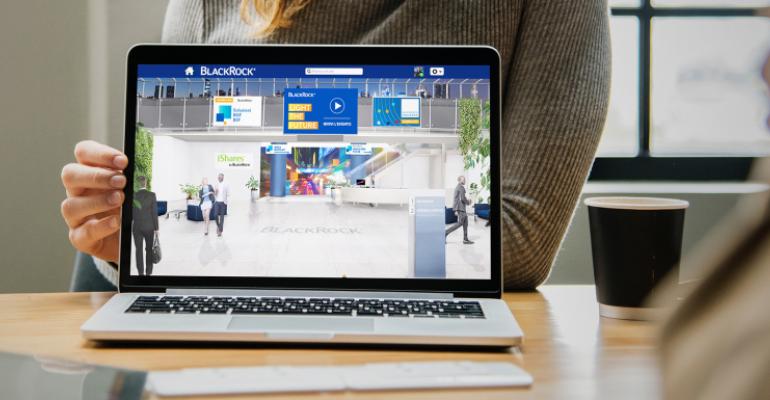Brought to you by:

There are plenty of reasons virtual conferences are on the rise—planners can reduce travel costs, cut their carbon footprints, communicate globally, and gather detailed data on attendee choices. But in spring 2020, it’s the coronavirus that has organizations choosing virtual conferences in droves just to keep business moving.
For the uninitiated, there’s a lot to learn. Virtual conferences are more than just a web page with links to webinars. Great virtual meetings shouldn’t be perceived as an afterthought or add-on, but rather as an integral part of what an organization wants to achieve. Content is king and attendee engagement is critical to success.
Attendees and sponsors are hard to please in a virtual setting. Planners need to think like an event strategist, neuropsychologist, marketer, and sponsorship expert to deliver engaging, easy-to-access, and experiential content. Here are five things to consider when moving a physical event to a virtual conference:
1. Consider the attendee journey. For a physical event, a planner would spend time on décor, staging, lighting, music, signage, linens, and much more. But with a virtual conference, even more thought needs to go into the attendees’ experience. In addition to considering design, branding, and sponsor signage in online spaces, content and engagement strategies need to be clear and thorough. How will attendees engage with presenters, the host, sponsors, and each other? With a virtual conference the goal is to have the attendee touch their keyboard at least every three to four minutes. If you get this right, you secure attendees’ commitment and active engagement as well as sponsors’ satisfaction.
2. Decide on your scale. Can you meet your objectives with a simple environment that just includes live or on-demand presentations and links to content, or is your vision to convert the entire event to virtual? Consider both the amount of time and resources you have and your goals and objectives for the event, for attendees and for sponsors. Keep in mind that none of this happens overnight. A simple, single-room environment with links to webinar presentations and downloadable resources can be set up in a few weeks, but a full-scale online trade show with a welcome lobby, exhibit hall, theater, networking lounge, and resource center typically takes six weeks at minimum to complete.
3. Consider the medium. Make adjustments to your agenda and presentations to accommodate a remote audience. Online attendees will have much shorter attention spans compared to a physical conference. For example, if your physical event is an eight-hour day, you could break up your virtual meeting into four-hour segments over two days. Aim for 30-minute webinar presentations and include audience engagement such as polling to maintain attention. Consider adding a 15-minute break in between presentations to allow attendees to explore the exhibit hall and sponsor booths. Use broadcast messages inside the virtual environment to help flow attendees back into the theater room to join the next presentation.
Remember that attendees and speakers will be in various time zones. If most are in North America, host the live webinars when it’s most convenient for the Eastern and Pacific time zones. You can offer the event on-demand to European and Asian attendees or use a “simulive” format, where the event is pre-recorded in advance but then played “live” to your audience with the ability to have Q&A and engagement.
4. Do your homework when evaluating providers. When it comes to planning and executing a virtual conference, there is no out-of-the-box solution. There are dozens of variables depending on your goals and requirements. Some organizers want a simple welcome lobby with a theater that has presentations, chat capability, and resource links. Others want to add an exhibit hall with booths and a networking lounge, or the ability to integrate with their existing website or other 3rd party software for Single Sign On (SSO).
For most groups, only about 60 percent of their requirements are nailed down when they first contact a supplier. It takes a conversation about the event’s measurable goals, softer objectives, attendee personas, content strategy, engagement strategy, and IT requirements—as well as the capabilities of the provider—before they can finalize what they want.
Planners that just compare features and prices are rolling the dice. There are a number of questions to ask when choosing a virtual conference partner, including the number of support employees (how many are in your time zone?), where the platform is hosted, how it’s hosted (reliability, redundancy, and scalability), and data collection. (Click here for 10 Questions to Ask Before Choosing a Virtual Conference Platform.)
5. Pull together the right team. The virtual conference team includes graphics support, attendee support, and other roles and responsibilities that you’ll need. Here’s a tip sheet on assembling a team.
Want more? Click here for a comprehensive guide with best practices for moving a physical event to a virtual conference





